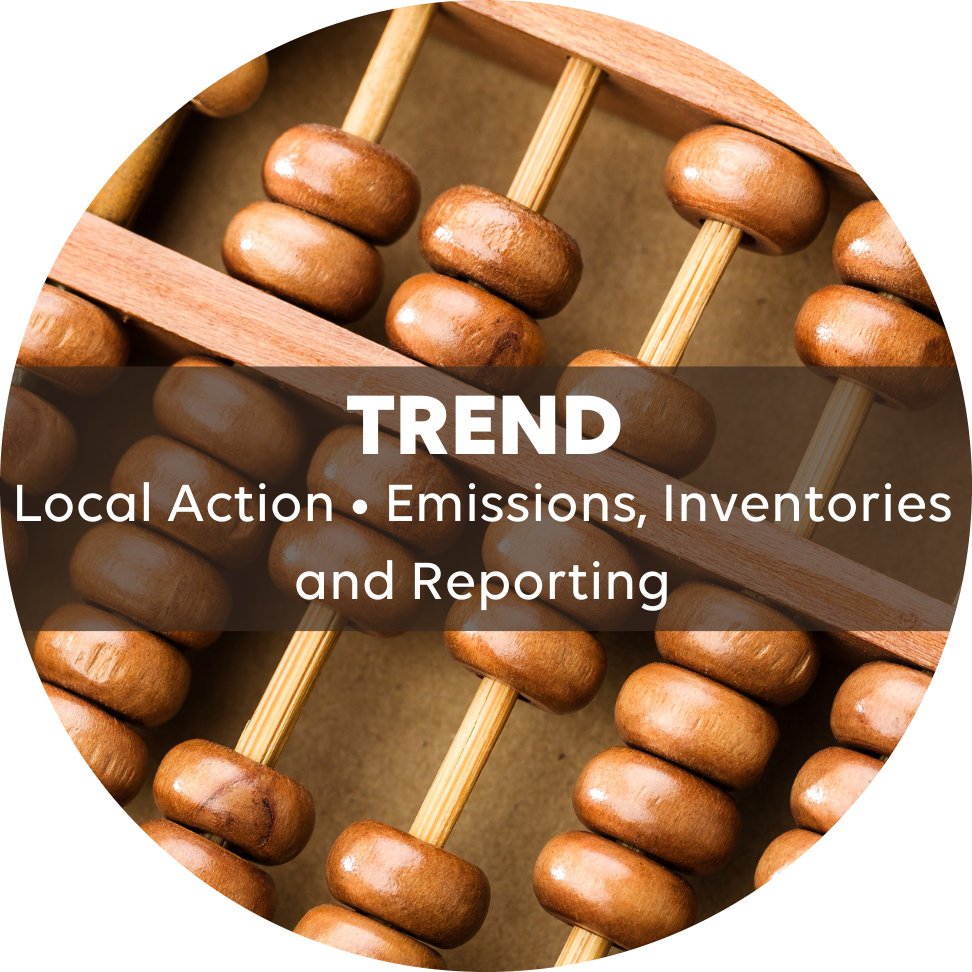City
Local Action • Between harmonisation of practices and methodological innovations, the emission accounting and reporting from cities and regions are getting more robust
Emissions inventory and reporting practices in cities and regions are progressing, but the voluntary nature of commitments and a heterogeneity of methods complicate analysis. Real-time monitoring, atmospheric measurements and standardization of reporting methodologies are some of the solutions.

« We need promises to be implemented. We need commitments to become concrete. We need actions to be verified. We need to close the deep and real credibility gap. » This statement by Antonio Guterres, Secretary-General of the United Nations General Assembly, in an address to delegates at COP26, preceded the announcement of the creation of a high-level panel of experts to measure and analyze the « zero » commitments of non-state actors (UN News,11/11/2021). Despite progress in reporting, the aggregate impact of cities and regions on greenhouse gas emissions remains very difficult to quantify, due to the lack of data and robustness required to provide an accurate picture of emissions on the territory over time.

